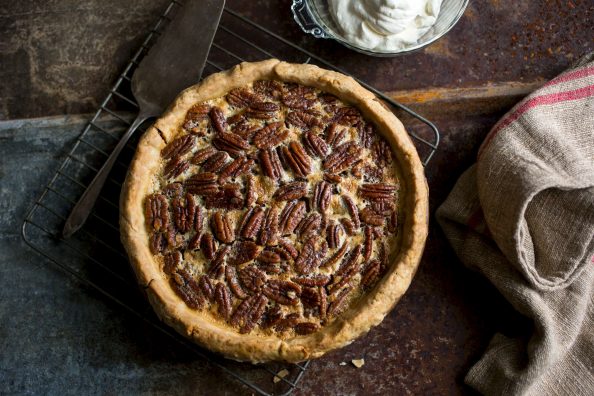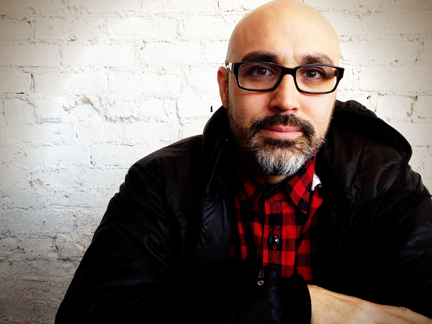

With the holidays quickly approaching there will be plenty of opportunities to shoot nearly everything in the world of food from roasts to desserts.
We sat down with Andrew Scrivani, New York Times Food Section legend and world-renowned commercial photographer and food stylist to find out what makes for great food photography.
What are a few tips on capturing fall and holiday food shots for clients?
Keep in mind seasonality, color palette, and avoid pastels or a bright spring look, no checker patterns.
Take a look at the photo archives of classic fall and holiday shots, and hint at what we’re familiar with a holiday family dinner using those key social queues.
What makes for great food photography?

Ultimately you have to capture the season before you have to think about getting into the food. Color palette, the light, it has to be something that resonates with the audience looking at a holiday image. I keep it warmer and keep colors in line with the colors of season without being overwrought. Not everything has to be orange and brown, but instead lean into warm seasonal lightening.
As far as the food is concerned, there are iconic items you want to focus on such as turkey at Thanksgiving or ham for Christmas. There is a nod to propping, more family style less individual portions, and I prefer to move in that direction during the holidays.
If you can photograph food well, then you have to think about sets and what story you’re telling with that image. That’s the difference between good and great food photography, finding something that resonates emotionally with people.
The best advice I can offer a fellow photographer would be…

Be flexible. Technology is allowing us to do so much more, and I love being able to toggle between still photography and motion. We can learn as a photographers to tell stories with one image, the natural leap to that is to tell stories with a series of images. Learn everything that camera does, because so many cameras can do still and motion be able to toggle between those two things.
What does your tethered workflow look like?
Constantly shifting, and it’s helpful to work tethered when I have clients or are working overhead. Different scenarios can work with different pieces of software. When I need a live view, I can use the Canon software, if I need processing on the fly I lean towards using Capture One.
Shooting tethered is very helpful due to the remote control of the camera, especially updating light and other settings through computer. The live view function, I shoot overhead a lot, helps setup the frame. I shoot tethered exclusively when others are on set, it’s especially great for clients, art directors, and stylists.
In the below clip from Andrew Scrivani’s Food Photography workshop on creativeLIVE, the veteran food photographer answers the top 10 questions he gets about the business of what he does – from pricing to propping to when to say no to a project. To register for the full class, visit creativeLIVE.com.




